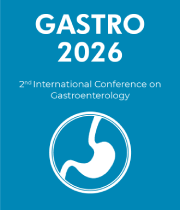Optical Imaging Techniques
Optical imaging techniques are a type of imaging technology that use light and its interactions with matter to create an image. This type of imaging is used in a variety of medical, industrial, and scientific applications, such as analyzing tissues and cells in the body for health diagnostic purposes, or for research in areas such as astronomy and materials science. Optical imaging has numerous advantages over traditional imaging techniques, such as higher resolution, lower cost, and the ability to capture images in real-time. For example, optical imaging can provide high resolution images of cells and tissues, which is beneficial for medical diagnoses. Additionally, optical imaging is non-invasive, so it can be used to image living organisms without causing any harm. Optical imaging techniques can also be used to measure physical properties, such as temperature or pressure. This is because light interacts with matter in different ways, depending on the physical property being measured. For example, light can be used to measure the temperature of a material by analyzing the frequency of light absorption. Optical imaging is also used in astronomy to observe objects that are too far away to be imaged with traditional imaging techniques. This is because light from distant objects can be detected and analyzed to provide detailed images.



